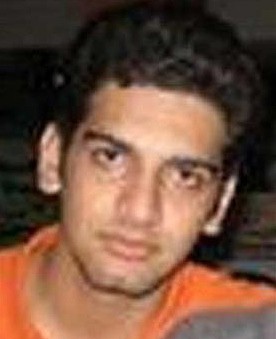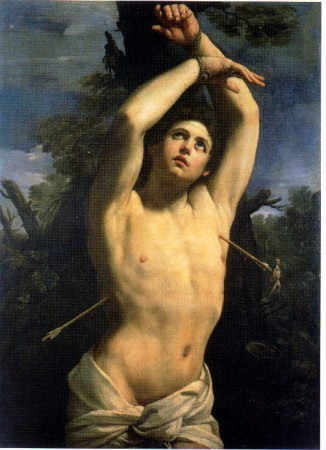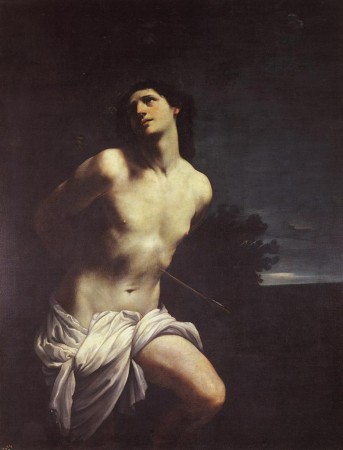
The unanimous decision of an employment tribunal that a Christian registrar working in Islington was unfairly discriminated against because she refused to perform partnership ceremonies for gay people has stirred up a hornet's nest of controversy. That individuals have the right to freedom of belief and religion is rightly enshrined in law – but in this case the law is once again proving itself to be an ass.
The full judgment upholds a complaint of 'direct discrimination on the grounds of religion and belief'. Miss Ladele (who was in post before same sex partnerships were introduced) affirms that 'a civil partnership is a marriage in all but name... I feel unable to directly facilitate a union that I sincerely believe is contrary to God's law' Two colleagues of Miss Ladele (one a Muslim) took demotion (with no loss of pay) to avoid performing the cermony and Miss Ladele was initially accommodated informally by the altering of rotas. But the working atmosphere (particularly with gay and lesbian colleagues) deteriorated and she was informed that she was required to stick to the terms of her contract and perform the ceremonies for people irrespective of their sexuality.
One council diversity specialist told me he was in complete despair at the judgment. He sees it opening the door to any employee refusing duties on the grounds of religion or belief. "Imagine a BNP supporter refusing to serve immigrants on the grounds of 'belief'!"
I'm not convinced that an employment tribunal establishes formal legal precedent in this way. But I am absolutely sure the tin marked 'registrar' now lists gay partnerships as one of its key ingredients. Anyone signing up to the job must take it - or leave it.
POSTSCRIPT
A number of lawyers are conviced that the case deserves to be overturned on appeal. Headoflegal writes:
"if as the Tribunal says, Ms. Ladele's stance is based on her belief that marriage is a life-long bond between a man and a woman, why didn't she kick up this fuss about marrying divorcees?"

 Seven paintings, all of the same subject: a beautiful, almost naked youth, tied to a tree, in the throes of martyrdom. Five are almost identical versions of the same composition, from galleries as far away as Puerto Rico and New Zealand. All are uncompromising in their directness. The painting from Genoa inspired Wilde, Mishima and Pierre & Gilles. Stendahl claimed they so distracted the faithful that they had to be removed from churches.
Seven paintings, all of the same subject: a beautiful, almost naked youth, tied to a tree, in the throes of martyrdom. Five are almost identical versions of the same composition, from galleries as far away as Puerto Rico and New Zealand. All are uncompromising in their directness. The painting from Genoa inspired Wilde, Mishima and Pierre & Gilles. Stendahl claimed they so distracted the faithful that they had to be removed from churches.


